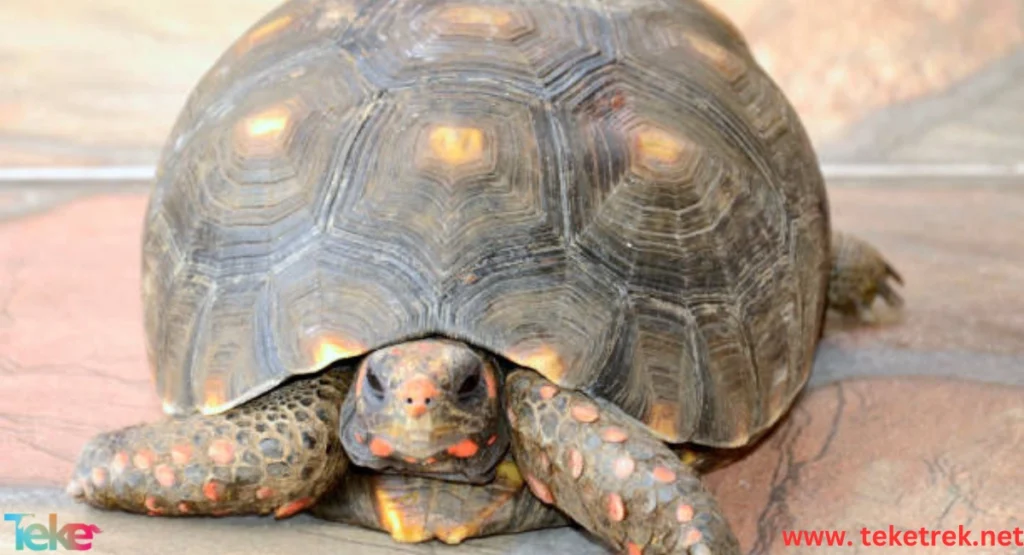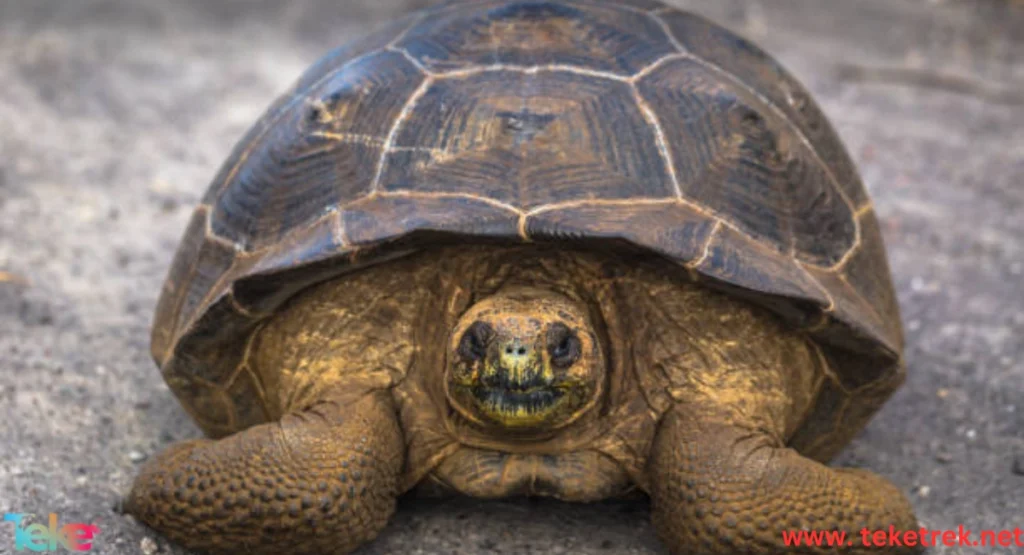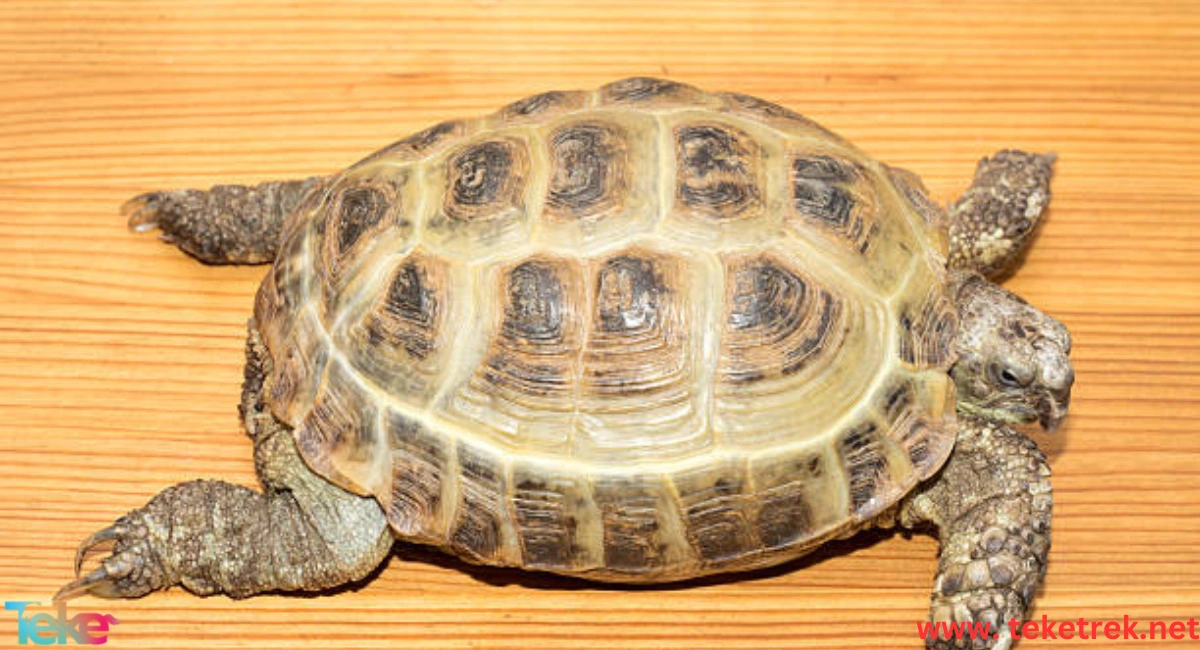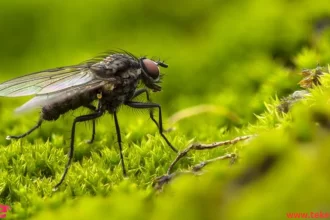Turtles are among the oldest reptiles on Earth and have fascinated humans for centuries. With their hard shells and slow movements, turtles carry a symbolic meaning of patience, determination, and longevity. While some may find them unappealing due to their slow pace, many people see a special charm in them and choose to keep them as pets.
This article from teketrek، provides a comprehensive guide to raising turtles, helping interested individuals make informed decisions and provide the best care for these remarkable creatures.
The Difference Between Terrestrial and Aquatic Pet Turtles
Pet turtles are generally classified into two main types: terrestrial (land) and aquatic turtles, each with its own specific needs.
- Terrestrial turtles live on land and require spacious areas to roam freely.
- Aquatic turtles live in water and need an aquatic tank with a strong filtration system to keep the water clean.
- Terrestrial turtles walk on four legs, while aquatic turtles swim using their limbs.
- Each type has distinct housing and care requirements.

Common Types of Pet Turtles
Turtles are popular pets, with both land and water species commonly kept in homes.
Popular land turtle species include:
- Hermann’s Tortoise: Medium-sized, easy to care for, prefers dry environments, and needs space to explore.
- Greek Tortoise: Adaptable to various environments, and one of the most common types in the Arab world.
- Box Turtles: Small and easy to care for, making them great for beginner pet owners.
Popular aquatic turtle species include:
- Red-Eared Slider: One of the most common aquatic turtles kept as pets. Requires a large water tank and a balanced diet.
- Map Turtles (Sliders): Need large water tanks, clean water, and the proper heat levels to thrive.
Everything you need to know about the Hippo Tang fish: color, food, reproduction, and risks.
Nutritional Needs for Each Type
Turtles have varying dietary needs depending on whether they are aquatic or terrestrial.
Aquatic Turtles:
- Proteins: Insects (like crickets and larvae), worms, small fish, snails.
- Vegetation: Dark leafy greens (like spinach, kale), water lettuce.
- Fruits: In small amounts (e.g., apples).
- Supplements: Calcium supplements are essential.
Terrestrial Turtles:
- Vegetables: Leafy greens (e.g., lettuce, kale), cantaloupe, clover, dandelion leaves.
- Fruits: In small quantities (e.g., berries, strawberries).
- Proteins: Worms, snails, and some insects.
- Specialized Food: Canned tortoise food with a blend of vegetables, fruits, and supplements can be added to their diet.
A comprehensive guide to stingrays: Are they safe to eat? How do they reproduce?
Ideal Living Environments: Terrarium vs. Aquarium
The main difference between a terrarium and an aquarium lies in their purpose and the environment they replicate.
Terrarium:
- Designed for land-dwelling and semi-terrestrial animals like reptiles, amphibians, and insects.
- Emphasizes humidity control, ventilation, and temperature regulation to mimic natural terrestrial habitats.
- Often made of glass or clear plastic with ventilation features such as mesh tops or covered vents.
- Suitable for creatures like snakes, lizards, frogs, and some insects, as well as plants and decorative elements.
Aquarium:
- Designed solely for aquatic life such as fish, crustaceans, mollusks, and aquatic plants.
- Requires stable water temperature, filtration, and appropriate lighting.
- Typically made of glass or acrylic and built to hold water and withstand pressure.

Health Care and Life Expectancy by Type
Health care and life span vary by turtle species. Generally, land turtles live longer than aquatic ones. Some giant tortoises can live for centuries under proper care.
Estimated Lifespans:
- Land Turtles: Species like the Galápagos tortoise can live over 100 years, with some exceeding 170 years.
- Aquatic Turtles: Typically live between 20 to 40 years, though some can reach up to 50 years depending on care and species.
Tips for Choosing the Right Turtle for Beginners
Choosing your first turtle involves considering your lifestyle and level of experience. Aquatic turtles such as the Red-Eared Slider or Musk Turtle are relatively easy to care for. Land turtles like the Greek Tortoise require more space and specific environmental conditions.
Tips for Selecting a Pet Turtle:
- Choose the Right Species: Select a turtle that suits your home environment and expectations in terms of size and activity level. Aquatic species like red-eared sliders and mud turtles are great for beginners. Land species like Greek tortoises need more space and specific care.
- Consider Adult Size: Turtles grow, so ensure you have enough space to accommodate an adult turtle.
- Understand Dietary Needs: Research the proper diet for your chosen species. Aquatic turtles need a varied diet with animal proteins and aquatic plants, while land turtles need high-fiber, plant-based diets.
- Provide a Proper Habitat: Aquatic turtles require large tanks with basking areas and heating lamps. Land turtles need outdoor enclosures with access to sunlight and shade.
- Commit to Long-Term Care: Turtles are long-lived pets, so be prepared to care for them for many years.
Conclusion
In conclusion, there is a wide variety of pet turtle species, each differing in size, habitat, dietary needs, and behavior. Thorough research is essential before choosing a turtle to ensure you can meet its specific needs. Each species requires tailored care to ensure its health and happiness in a home environment.





